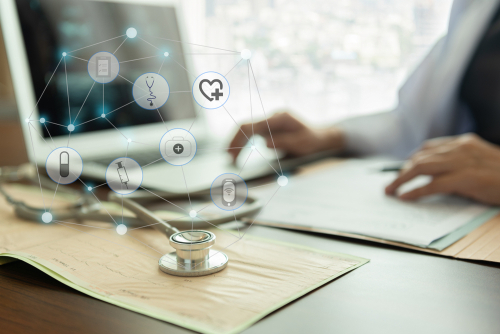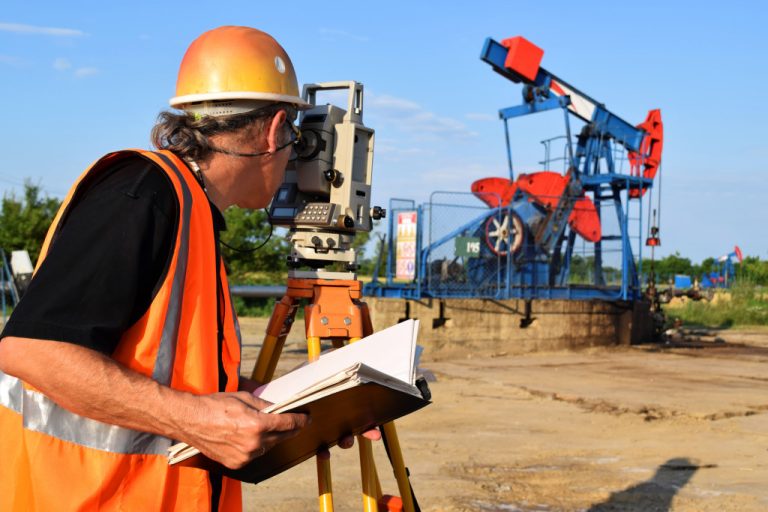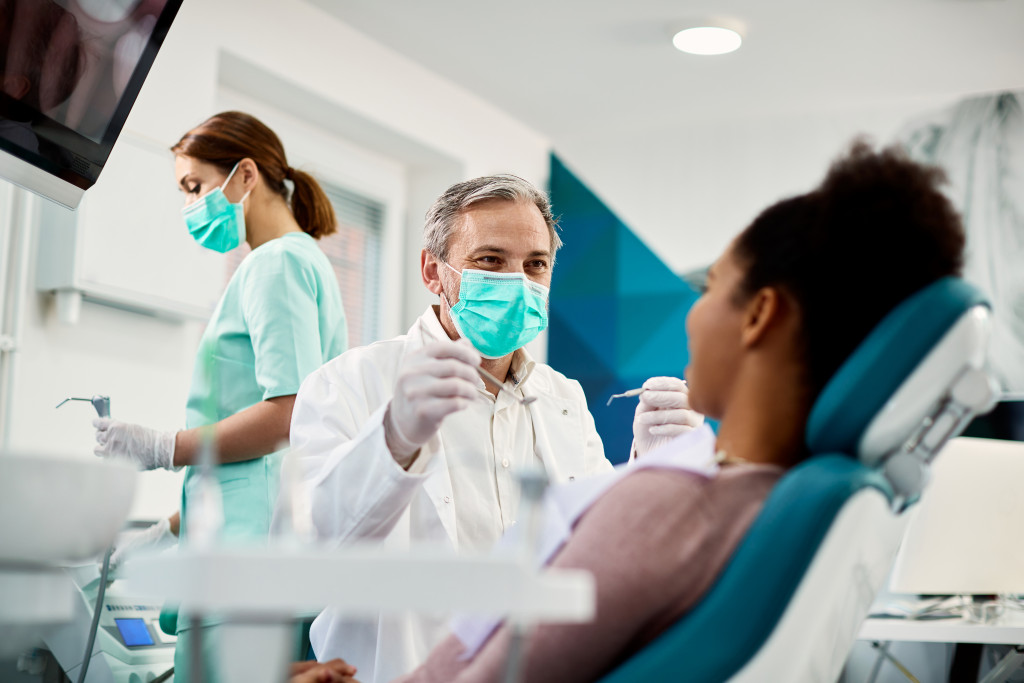- Modern dental technology offers improved diagnosis and treatment planning, enhanced patient comfort, increased efficiency, and improved accuracy.
- These technologies include 3D imaging, digital X-rays, laser dentistry, and computer-aided design/manufacturing.
- Technology allows for faster diagnoses and treatments with minimal discomfort and better outcomes.
- It also enhances efficiency and accuracy in the office, leading to better overall patient care.
Dentistry has come a long way in recent years, with new technologies providing unprecedented levels of comfort and accuracy. From 3D imaging to laser dentistry, dental technology is transforming how you restore your smile. Here’s a brief look at some of the most revolutionary technologies impacting dentistry today.
3D Imaging
3D imaging has revolutionized the dental industry by giving dentists unprecedented detail about their patients’ teeth and gums. This technology uses X-rays to create detailed 3D images that can be used for accurate diagnostics and treatment planning. With 3D imaging, dentists are able to detect even the smallest cavities or fractures, allowing them to deliver more effective care and minimize any risks associated with treatment.
Digital X-Rays
Digital X-rays have been around for some time now, but they are still one of the most important pieces of dental technology currently available. Digital X-rays provide clear images with minimal radiation exposure while also allowing for faster diagnoses and more accurate treatment planning.
For example, dental implants require precise placement and positioning of the dental prosthetic, which can be challenging to achieve when relying on traditional X-rays. With digital imaging, dentists can access all the information they need to ensure successful implant placement. They also provide instant access to patient records so that any changes can be tracked over time without having to wait days or weeks for physical copies from imaging companies or other sources.
Laser Dentistry

Laser dentistry is one of the most advanced forms of dental technology available today. The use of lasers in dentistry allows for more precise treatments that are less invasive than traditional methods and require less time in the chair. Laser treatments can be used for various procedures, such as cavity removal, gum contouring, tooth whitening, and even root canal therapy. Laser treatments are also incredibly safe and often result in less bleeding than traditional procedures.
Computer-Aided Design (CAD) and Computer-Aided Manufacturing (CAM)
CAD/CAM technology has revolutionized the way dental procedures are performed by providing an easier way for dentists to design and create restorations, such as crowns, bridges, veneers, etc., right in their office in just one appointment! By utilizing CAD/CAM technology, dentists can design restorations on a computer while observing patient anatomy digitally in three dimensions before they create them using CAM technology. This allows for precise fitting restorations with minimal preparation time so that patients can return to their daily lives faster.
The Advantages of Dental Technology
Technology is revolutionizing how dentists practice, offering a wide range of advantages to dentists and their patients. Here are the advantages:
Improved Diagnosis and Treatment Planning
Modern dental technology offers advanced solutions for diagnosing and treating oral conditions. Digital X-rays, for example, allow dentists to diagnose problems quickly and accurately, while 3D scanners allow them to develop detailed treatment plans. This means that dentists can treat patients more efficiently and effectively than ever before.
Enhanced Patient Comfort

Modern dental technology makes it possible for dentists to complete treatments quickly and with minimal discomfort for the patient. For instance, laser technology can be used instead of traditional drills in many cases, resulting in less pain and faster healing times. In addition, computer-controlled anesthesia delivery systems help reduce anxiety levels by allowing patients to control their own dosage levels during treatment.
Increased Efficiency
The use of modern dental technologies also increases efficiency in the office. Digital X-rays are much faster than traditional film X-rays; they don’t require chemical processing or manual handling, saving time and money on both ends.
Improved Accuracy
Another major advantage of modern dental technology is improved accuracy. Digital X-rays and 3D imaging allow dentists to get a detailed look at the condition of their patient’s teeth, gums, and jawbone structure, which helps them make more accurate diagnoses and develop customized treatment plans tailored to each patient’s needs.
The Bottom Line
Modern dental technology transforms how dentists and their patients approach oral health care. With more advanced tools and techniques at their disposal, dentists can provide better outcomes and greater patient comfort than ever before. Whether you’re looking for a more precise treatment or want faster healing times, modern dental technology can help get you the results you’re looking for.












